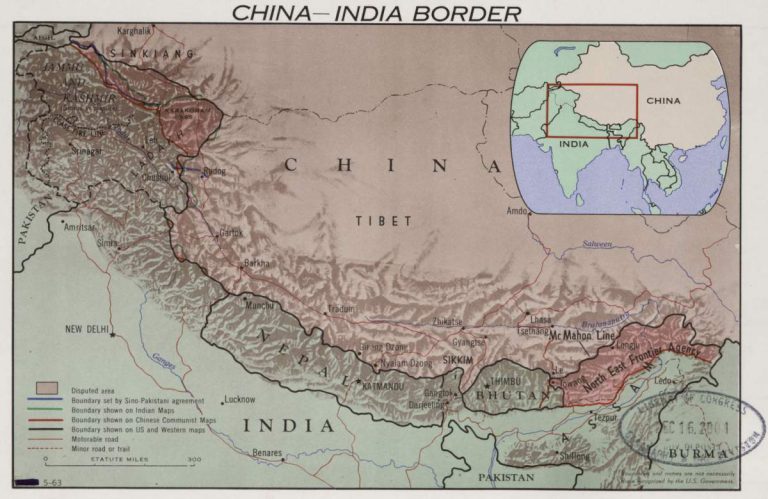RBI on board of the NGFS: Greening Financial Curve
Fellow, India Smart City Mission (Presently) and
Former Research Consultant at National Human Rights Commission, India, and
Former Research Assistant at Indian Institute of Public Administration
India’s Central Bank and prime money market regulator’s decision to enter into the Network for Greening the Financial System (NGFS) as a Member on April 23, 2021, has put itself one more step closer to the trajectory of a sustainable and green economy. The Network of Central Banks and Supervisors for Greening the Financial System or popular by acronym NGFS is a conglomeration of various Central Banks and financial regulators of the world and was an institutional outcome of the “One Planet Summit, Paris” held on 12th December 2017, initially founded by eight Central Banks and financial supervisors.
NGFS: Focus & Locus
The primary objective behind creating the NGFS is to exchange or share best sustainable financial practices on a voluntary basis in order to facilitate strengthening the global response required to meet the goals of the Paris agreement and to augment the position of the financial system to manage risks and to mobilize capital for green and low-carbon investments in the broader context of environmentally sustainable development. Presently, NGFS consists of 90 Members and 14 Observers.
What will be there for RBI and India?
The RBI anticipates benefiting from the membership of NGFS by learning from and contributing to global efforts on Green Finance, which has assumed much significance in the context of climate change and the race to achieve SDGs-2030. Green or sustainable financing aims to augment the echelon of financial flows (from banking, micro-credit, insurance, and investment) from the public, private and not-for-profit sectors to sustainable development priorities.
This move by RBI will enable India to expedite its green financing curve across three slopes in particular, namely: (i) creation and catalytic acceleration of enabling environment for its public sector (ii) promotion of public-private partnerships (PPP) on financing mechanisms such as green bonds, and (iii) capacity building of community enterprises on micro-credit.
The Pentagonal Work Streams and Financial-Climatic Profit
Again, India will also be able to garner benefit from the pentagonal dedicated workstreams or skeleton around which the NGFS work programme is focusing upon. These comprise of following: Workstreams on-
(i) Micro-prudential/Supervision (tracking and mapping of supervisory financial practices integral with climatic risk, extent analysis amid green and other assets and evaluation of persistent methodologies of measuring environmental risks ;
(ii) Micro-financial (propagation of climatic scenarios for banks/regulators, guidance on the integration of climatic risk assessment and financial stability surveillance );
(iii) Scaling up Green Finance (through adopting and promoting sustainable investment practices, monitoring the green finance market dynamics) ;
(iv) Bridging of Data Gap (assist central banks/regulators in the determination of data sources, availability and limitations, producing a public list of missing data and advocating external stakeholders to bridge the gap ); and
(v) Research (assist in smooth research coordination )
Brief Footprint of Green Finance in India & Way Ahead
India’s Green Finance emphatic footprints started in the year 2007 when the RBI issued a Notification “Corporate Social Responsibility, Sustainable Development, and Non-financial Reporting – Role of Banks” & highlighted the importance of global warming and climate change in the context of sustainable development. Even since then, it has been sensitizing the public, investors, and banks regarding the need, opportunities, and challenges of green finance through its regular reports and other communications.
India is ranked the fifth most vulnerable nation to the effects of climate change with 2.5- 4.5% of its GDP at risk annually. As a result, India has pledged to reduce the carbon footprints of its GDP by 33-35% by 2030 from its 2005 levels, but to achieve this target, India needs to mobilize a total of $2.5 trillion over 2016-30 (MoEFCC, 2015).
A major hurdle in this effort is the lack of an established definition of Green Finance in India. A formal definition would enable more precise tracking of finance flows to green sectors, which, in turn, would help design effective policy, regulations, and institutional mechanisms directed towards increasing both public and private investments in green sectors.
Additionally, some blockades are high borrowing costs, false claims of environmental compliance, a plurality of green loan definitions, maturity mismatches between long-term green investment and relatively short-term interests of investors.
At this point of pandemic panorama, as India is going through the second Covid wave and amid the potential threat of the tertiary wave, undoubtedly, the immediate policy challenge is to kick-start the economy. However, the pandemic has also offered an opportunity to all stakeholders to rethink the policies and financial and operational strategies that they have adopted so far and espouse an approach that is more environmentally sustainable in the long run.
Some fiscal & monetary policy boosters which can be stimulated include shifting policies in favor of green, designing financial regulations to recognize and measure climate risks, and providing adequate capital. Incentives for Green Finance could help divert the flow of capital to green sectors and protect the economy against systemic climate change risks.
The road to India’s futuristic Green Financial Flora & Fauna passes through the robust roadmap that identifies ways to strengthen the resilience of Indian financial systems towards climate change risks and mobilize resources for green. This will require an Empowered Task Force, comprised of experts from various relevant fields, support of NGFS and others as such, which can advise on the steps the financial intermediaries and regulators can take in this direction to propel India on Green Financial Fuel.
Featured Image Credit: Pixabay






